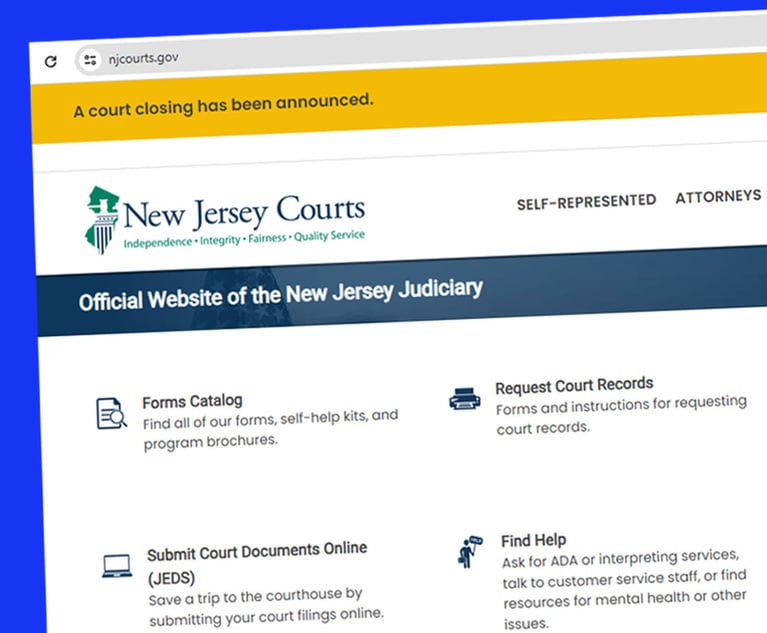A resurgence of cities is taking place across New Jersey. From a luxurious waterfront redevelopment project in Asbury Park, to the state’s tallest building in Jersey City, redevelopment of long-neglected and deteriorating areas is on the rise. This article explores the law that has made it all possible—New Jersey’s Local Redevelopment and Housing Law, N.J.S.A. 40A:12A-1 et seq. (LRHL or “the Act”)—and the increasing role of municipalities in the wake of the Applied Monroe Lender v. Hoboken Planning Board appellate decision. (The authors of this article served as counsel to Applied Monroe Lender.) A review of this decision shows that courts are curtailing property rights in favor of increased municipal authority over the redevelopment process.
The LRHL affords New Jersey municipalities immense authority to revive deteriorating areas within their locality. The Act empowers municipal governing bodies, in conjunction with their planning boards, to investigate and determine whether an area is “in need of redevelopment,” and adopt a redevelopment plan to govern land use in the area. Once adopted, a municipality enjoys broad powers to effectuate the goals of the redevelopment plan, including the power to acquire property through condemnation and “[d]o all things necessary or convenient to carry out its powers.” N.J.S.A. 40A:12A-8(c), (n). Oftentimes the goals of a redevelopment plan are pursued through cooperative relationships between the municipality and a private redeveloper of its choosing, with whom it can negotiate a contract for a project and collect revenue “to defray the costs of the redevelopment entity.” N.J.S.A. 40A:12A-8(f).


 Yuttana Contributor Studio/Shutterstock.com
Yuttana Contributor Studio/Shutterstock.com




